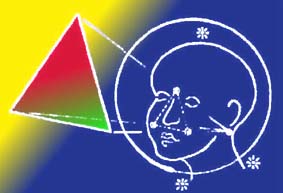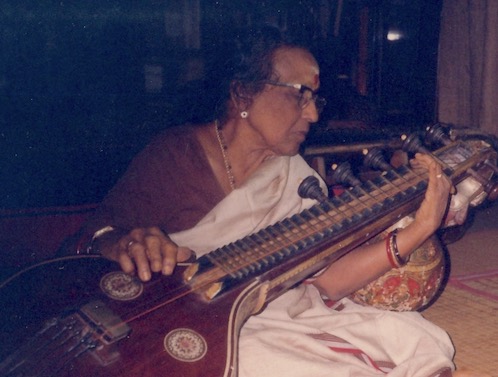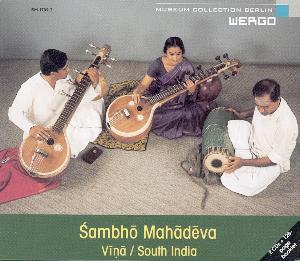In this part, I quote from my recording with S. Rajam on T.N. Rajarathinam Pillai, done in early 2007 [brief excerpts]
“Carnatic music grew because of the nagaswaram. Our art originated in the temples — especially, dance and nagaswaram. During the daily three-time worship at temples, the nagaswaram would be played all the times.
Source: “Tribute to the genius T.N. Rajarathinam Pillai, whose nagaswaram melodies are timeless” by Rupa Gopal The Hindu, December 27, 2013
URL: https://thehindu.com/todays-paper/tp-features/tp-fridayreview/our-own-pied-piper/article5505258.ece
Related information
With the disintegration of feudalism, Carnatic music, once confined to the precincts of temples and royal durbar halls, stepped out and started filling concert halls. While some music forms such as Mallari, inextricably linked with the rituals of temples and festivals, are still in vogue, others such as Odam, Yecharikkai and Odakkuru have more or less disappeared. […]
Yecharikkai is also played in Vishnu temples when the deity is taken inside the sanctorum after the procession. In earlier times, the devadasis of the temple would perform the ritual of warding off the evil eye after which the nagaswaram player would play this musical form.
“Yecharikkai is played in Saveri set to tisra nadai,” said Mr. Subramaniam. Mr. Chinnathambia Pillai said it could also be played in Yadukula Kambhoji and Ahiri. […]
But in many temples, these rituals are no longer followed,” said Mr. Subramaniam.
Source: “Ancient sounds of temple music fade” by B. Kolappan, The Hindu, 22 December 2013
URL: http://www.thehindu.com/news/cities/chennai/ancient-sounds-of-temple-music-fade/article5487577.ece
Date Visited: 1 February 2014
More about the above person(s) and topics
Periodicals and sites included | More resources | Disclaimer >>
Learn & practice more
- A brief introduction to Carnatic music (with music examples and interactive map)
- Free “flow” exercises on this website
- Glossary (PDF)
- Introduction (values in the light of modernity)
- Video | Keeping tala with hand gestures: Adi (8 beats) & Misra chapu (7 beats)
- Voice culture and singing
- Why Carnatic Music Matters More Than Ever
- Worldcat.org book and journal search (including Open Access)



